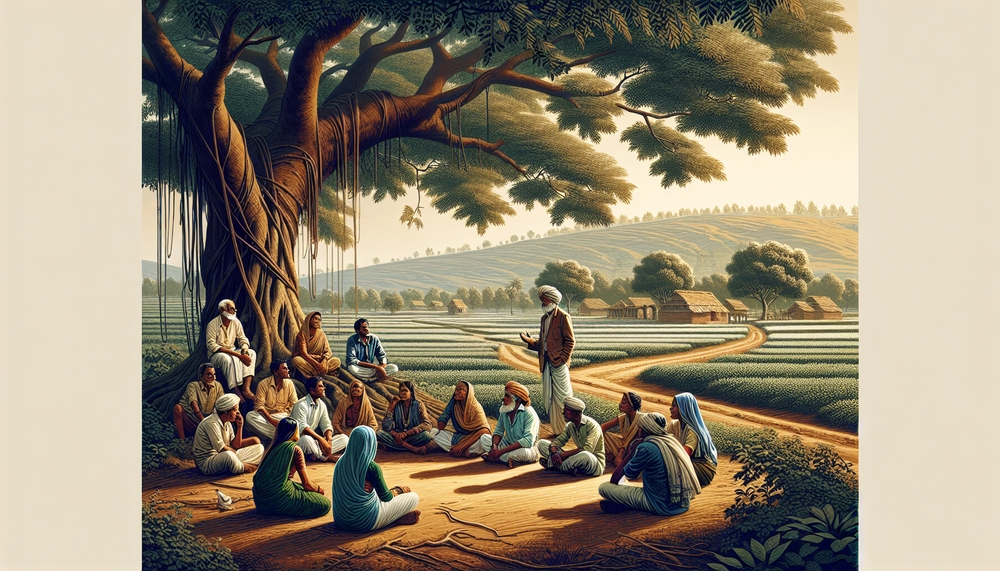Published
- 3 min read
Questioning Narratives: Hindutva and its Indian Implications

Introduction: Reassessing the Hindutva Influence
The rise of Hindutva ideology in India has sparked intense discussions both domestically and internationally. Some argue that the country’s current geopolitical stance is deeply rooted in this cultural wave, attributing many of India’s policies to an ideological transformation. However, such narratives can often overlook the complexities of India’s geopolitical strategies and domestic policies. This article aims to provide a critical analysis of the impact of Hindutva, questioning whether it deserves the single-handed credit for shaping India’s directions or if a more nuanced understanding is required.
Decoupling Hindutva from National Sovereignty Assertions
India’s stance on the Kashmir conflict serves as a prime example where ideology and national policy intersect. While it is easy to attribute the robust defense of Kashmir solely to Hindutva fervor, one must consider historical context. Ever since gaining independence, India has maintained a consistent policy defending its territorial integrity. This commitment predates the influence of any single ideology. Thus, current actions on Kashmir should be viewed as extensions of a long-standing approach to national security, rather than a shift due to ideological motivations.
Hindutva: Ideology vs. Policy
Hindutva undoubtedly influences cultural and societal paradigms, but to claim it as the primary driver of India’s strategic defense and international policies would be an overstatement. When examining governmental policy, it is crucial to differentiate ideological leanings from pragmatic actions. Across administrations, India has adhered to a realpolitik framework that considers regional dynamics, regardless of the ruling party. Even under Prime Minister Modi, recognized for his alignment with Hindutva, policy decisions reflect broader historical cycles rather than abrupt ideological shifts.
Evaluating the Domestic Political Climate
Domestically, India’s political landscape is rapidly evolving, driven by a multitude of factors including economic growth and infrastructural development. While critics often spotlight Hindutva as the central theme of Modi’s administration, this focus can obscure other priorities. Economic schemes, grassroots initiatives, and India’s technological advancements illustrate a broader policy spectrum that, arguably, have as much, if not more, influence on the national stage than cultural narratives.
Analyzing Global Comparisons and Equivalences
In global forums, frequent comparisons are made between Modi and leaders such as Donald Trump or Benjamin Netanyahu. Such parallels may offer intriguing narratives but oversimplify complex geopolitical realities. Each leader operates within unique socio-political fabrics. Comparisons overlook the distinctive historical, cultural, and political contexts that inform India’s policies. Thus, these should be approached with caution, recognizing that India’s path is charted by a distinctive confluence of factors.
Conclusion: Moving Beyond One-Dimensional Analysis
To truly understand India’s actions, the analytical lens must move beyond the singular focus of Hindutva. Emphasizing a multi-faceted approach enables a more comprehensive view of the diverse influences that shape India’s domestic and international policies. Therefore, separating cultural narratives from geopolitical strategies is essential for those seeking an accurate representation of India’s position. Acknowledging the complexity of both internal and external forces provides richer insights into India’s role in South Asia and beyond.
